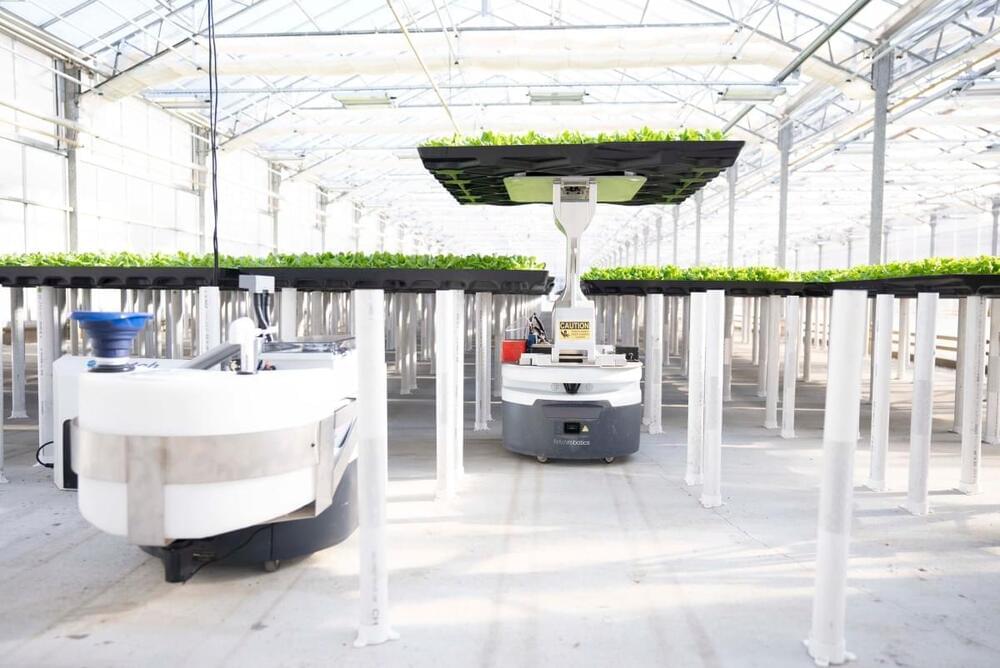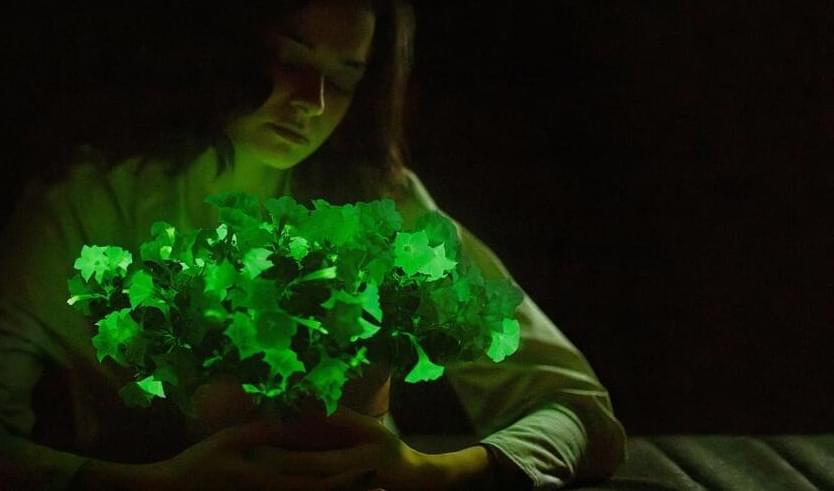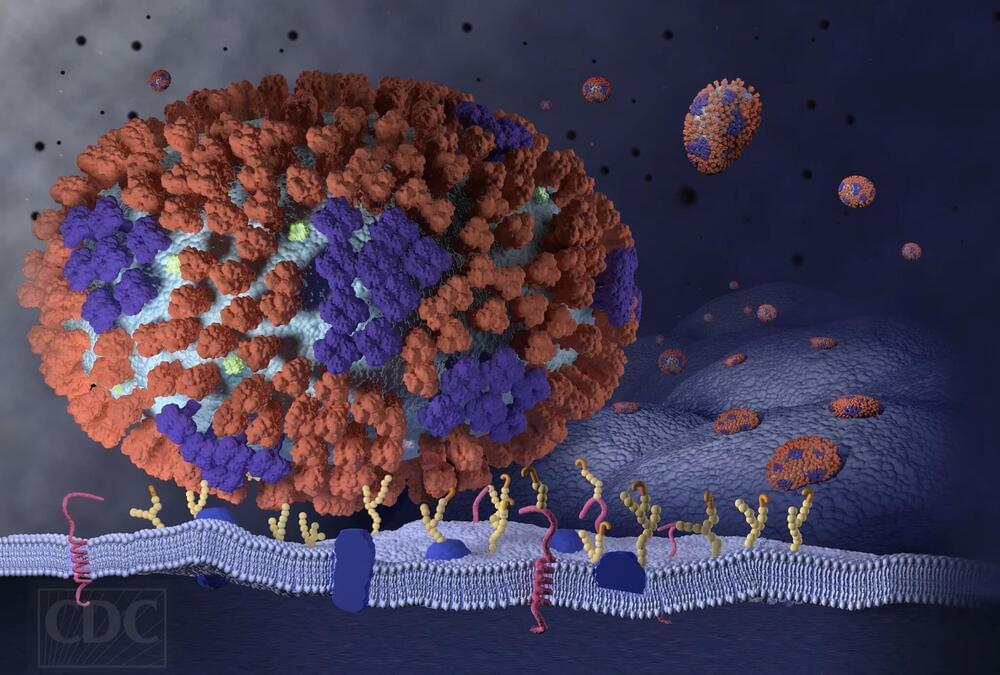Researchers in South Korea injected grains of rice with cow muscle and fat cells to create something being called beef rice. This pink-colored substance could offer a cheaper and more sustainable protein source than standalone meat.



Is there a connection between cannabis use and binge eating? This is what a recent study published in Experimental and Clinical Psychopharmacology hopes to address as a team of researchers investigated the medical risks associated with cannabis use and binge eating, specifically the link between the two. This research marks only the third study conducted to make a connection between cannabis use and binge eating disorder and holds the potential for scientists, medical practitioners, and patients make better informed clinical decisions for treating binge eating.
“Distinguishing the relationship between cannabis use, eating disorder severity and other psychiatric symptoms in binge eating patients is necessary for informing screening and clinical recommendations,” said Megan Wilkinson, who is a PhD student in Drexel University’s College of Arts and Sciences and lead author of the study.
For the study, the researchers enlisted 165 participants who were pursuing medical treatment for binge eating and were asked to report both their cannabis and alcohol use as part of the survey. In the end, the researchers found that 23 percent of the participants had used cannabis within the prior three months. Additionally, the participants were also found to have increased alcohol consumption, as well. In terms of the connection between cannabis use and binge eating, while the researcher concluded that cannabis use did not result in increased binge eating, they found the opposite in that binge eating could result in increased cannabis use, as noted by the 23 percent participants who reported using cannabis.




The sci-fi dream that gardens and parks would one day glow like Pandora, the alien moon in Avatar, is decades old. Early attempts to splice genes into plants to make them glow date back to the 1980s, but experiments emitted little light and required special food.
Then in 2020, scientists made a breakthrough. Adding genes from luminous mushrooms yielded brightly glowing specimens that needed no special care. The team has refined the approach—writing last month they’ve increased their plants’ luminescence as much as 100-fold—and spun out a startup called Light Bio to sell them.
Light Bio received USDA approval in September and this month announced the first continuously glowing plant, named the firefly petunia, is officially available for purchase in the US. The petunias look and grow like their ordinary cousins—green leaves, white flowers—but after sunset, they glow a gentle green. The company is selling the plants for $29 on its website and says a crop of 50,000 will ship in April.

Drawing together an array of interdisciplinary studies across archaeology, ecology, anthropology, and evolutionary theory, Erle Ellis, professor of geography and environmental systems at the University of Maryland Baltimore County, explains the evolution of the cultural practices that have enabled societies to develop unprecedented capabilities to scale up and transform the ecological systems that sustain them.
From using fire to cook food and manage vegetation to the technologies and institutions that support intensive agriculture, increasingly urbanized societies, and global supply chains stretching across the planet, human societies have evolved the social, cultural, and ecological capabilities to reshape the planet and to thrive in the process.
Ellis is a leading scientist investigating the Anthropocene, the current geological age defined by the human transformation of the planet. He is the founder and director of the Anthroecology Lab, which studies relationships between human societies and ecosystems at local to planetary scales with the aim of guiding more sustainable human relations with the biosphere. He is currently a visiting fellow at the Oxford Martin School, where he recently presented his work on Anthropocene opportunities.

Scientists have long thought of the fluid-filled sac around our lungs merely as a cushion from external damage. Turns out, it also houses potent virus-eating cells that rush into the lungs during flu infections.
Not to be confused with phages, which are viruses that infect bacteria, these cells are macrophages, immune cells produced in the body.
“The name macrophage means ‘big eater.’ They gobble up bacteria, viruses, cancer cells, and dying cells. Really, anything that looks foreign, they take it up and destroy it,” said UC Riverside virologist Juliet Morrison, who led the discovery team. “We were surprised to find them in the lungs because nobody has seen this before, that these cells go into the lung when there’s an infection.”

Tesla’s Supercharger network might be good enough to push other automakers to join the standard, but that hasn’t stopped several companies from banding together to build their own Tesla-rivaling charging network. Ionna is a joint venture between seven automakers that promises to bring tens of thousands of chargers to North America — along with food and restrooms.
BMW, GM, Honda, Hyundai, Kia, Mercedes-Benz, and Stellantis are working together on the project with the slogan “We charge North America.” The group announced that it had gained regulatory approval and was officially starting work last Friday.
Ionna aims to build a network of 30,000 fast chargers to facilitate long-distance driving across the continent. The company said it is targeting 2030 to build the network and promised charging locations in urban areas and along highways. The first chargers will open this year, and the focus will be on an “elevated customer experience” that includes 350kW fast chargers, food, retail stores, and other amenities within the charging complex. Electrify America, created using money from VW’s Dieselgate settlement, also recently announced a shift to a more upscale charging experience.
Today we’ll look at colonizing Ceres and asteroid mining, farming in space, and a potential distant future of a developed asteroid belt.
Visit our sponsor, Brilliant: https://brilliant.org/IsaacArthur/
Visit our Website: http://www.isaacarthur.net.
Join Nebula: https://go.nebula.tv/isaacarthur.
Support us on Patreon: / isaacarthur.
Support us on Subscribestar: https://www.subscribestar.com/isaac-a…
Facebook Group: / 1583992725237264
Reddit: / isaacarthur.
Twitter: / isaac_a_arthur on Twitter and RT our future content.
SFIA Discord Server: / discord.
Listen or Download the audio of this episode from Soundcloud: Episode’s Audio-only version:
/ colonizing-ceres.
Episode’s Narration-only version: / colonizing-ceres-narration-only.
Credits: outward bound: colonizing ceres. 141 season 4 episode 26
Writers.
Isaac Arthur.
Editors.